HEARING ASSOCIATES
Hearing Technology
The Right Hearing Technology Based on Your Unique Circumstances, Lifestyle, and Budget
Your capacity to communicate through clear understanding is an essential element in living a rewarding, independent lifestyle. That capacity can come through the use of hearing aids, but many people avoid them because of the stigma attached to them. Modern hearing aid innovations and material technologies are helping to eliminate the bad rap hearing aids receive.
In contrast to those bulky, distracting contraptions your grandparents had to wear, modern hearing aids are streamlined, user friendly, and so discrete that most people will never know you are wearing one.
Micro-digital technology has made it possible for greater hearing aid performance to be included in a significantly smaller package. To go along with enhanced performance, advancements in material technology have made today’s hearing aids more comfortable and allow for skin tone matching that makes them nearly invisible.
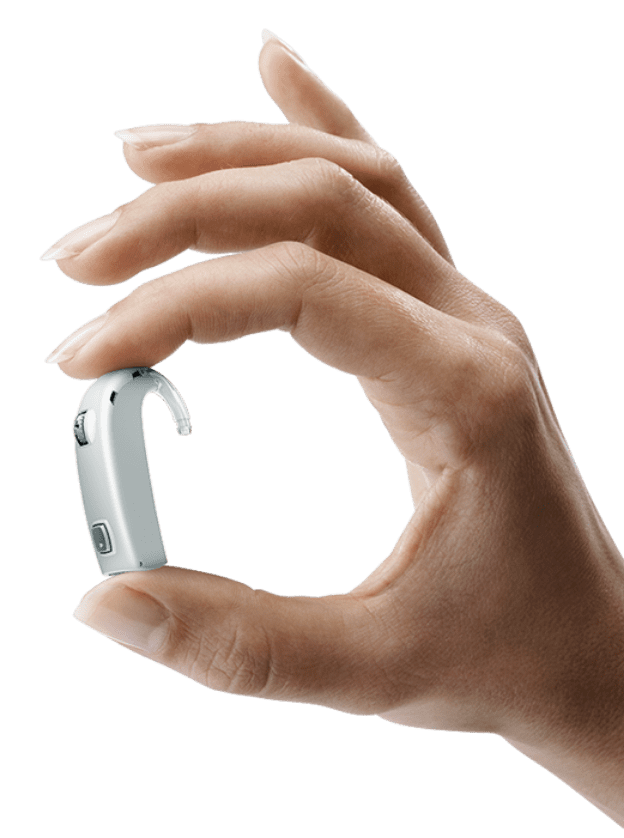
What Can You Expect from Advanced Hearing Technology?
There are so many advantages to today’s models that your most difficult decision will be deciding which one you want and which features you want to include. Hearing aid technologies available include:
- Noise Reduction
- Environmental Noise Control
- Variable Programming
Makes it possible to preprogram settings for various listening needs and environments. - Directional Microphones
To help eliminate background noise. - Rechargeable Batteries
So you don’t have to worry about frequent battery changing.
- Wireless Connectivity
Allows you to connect to Bluetooth-compatible devices, such as cellphones, music players, and televisions, for direct sound into your hearing aids - Synchronization
Those fitted with hearing aids in both ears can synchronize programming changes between both hearing aids. - Remote Controls
Allows adjustment without touching the hearing aids. - Telecoils
Blocks out the sounds from your environment and only picks up the sounds from the telephone. Also has the capacity to connect to public induction loop systems in various churches or theaters. - Direct Audio Input

Choosing the Instrument to Support Your Lifestyle, Personal Preferences, and Needs
Since there are so many features and options to choose from, you will probably need some help choosing the instrument that best suits your lifestyle, personal preferences, and needs. The hearing instrument professionals at Hearing Associates are ready to walk you through the selection process, providing you with a wide selection of highly innovative styles available from brand name manufacturers such as Signia, Widex, Oticon, Phonak, ReSound, Starkey, Unitron, and Westone.
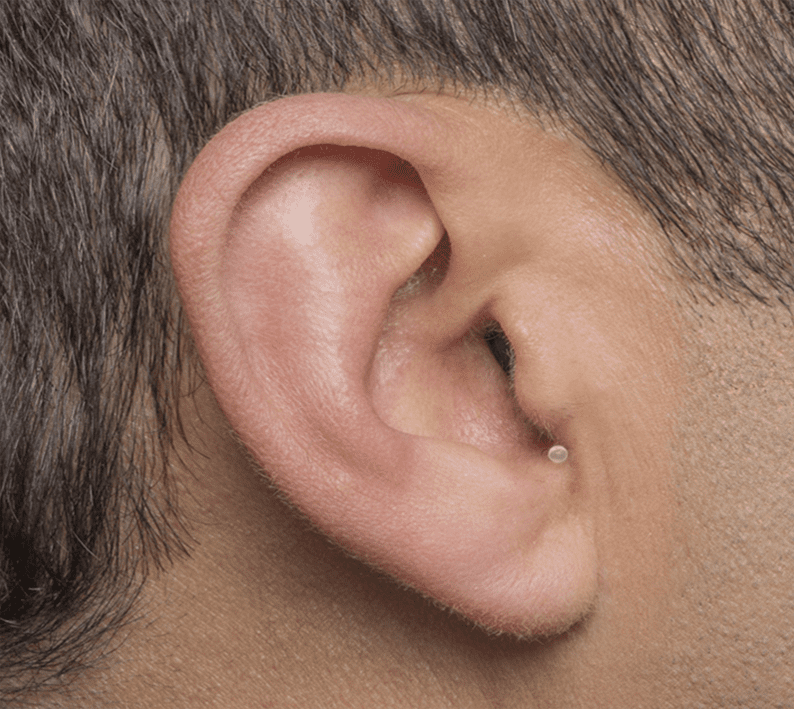
Invisible-In-Canal (IIC) – Tiny & Often Invisible
Individuals with a mild to moderate hearing loss can consider these smaller, invisible instruments. The most unique characteristic of IIC hearing aids is their contoured, deep insertion into the ear canal using a small, nearly invisible post.
Sometimes Wireless Compatible
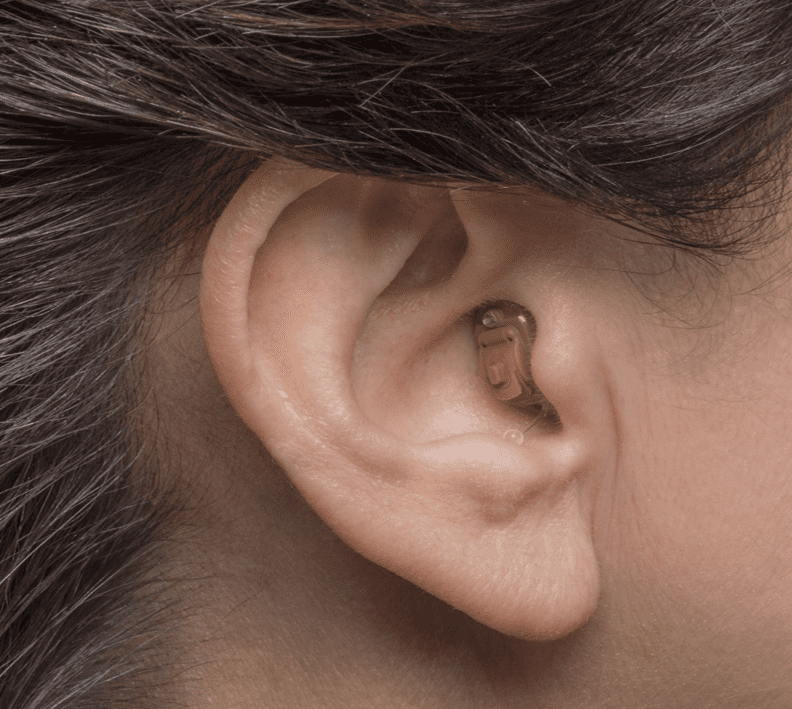
Completely-In-The-Canal (CIC) - Mostly Invisible
CIC hearing aids are a good match for those with a mild to severe hearing loss and that have cosmetic or discretion concerns. Mostly invisible, they are more powerful, easier to insert, and better accommodate battery changing than the smaller IIC style units. Depending on the ear canal size, they are almost invisible.
Sometimes Wireless Compatible
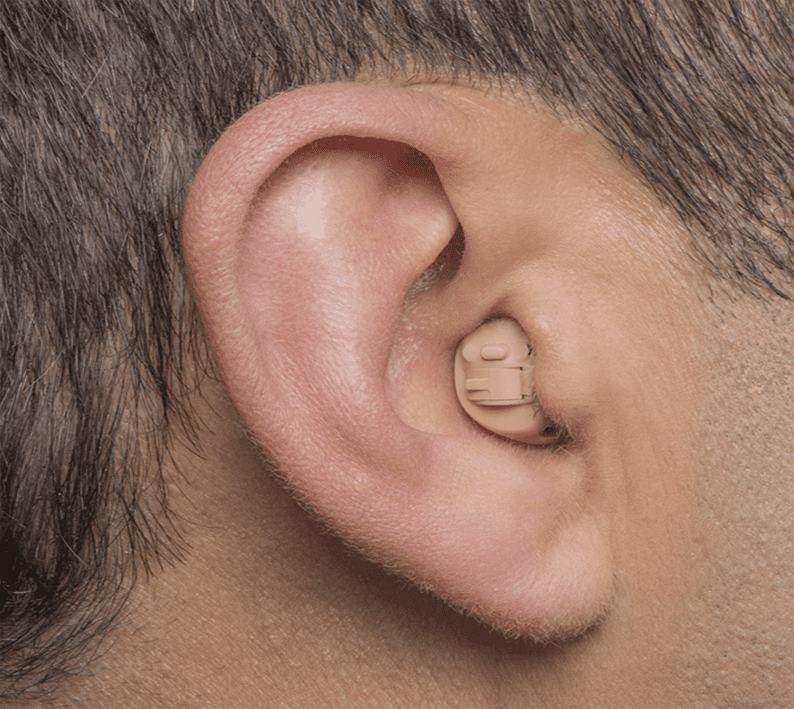
In-The-Canal (ITC)
This style of hearing aid is increasing in popularity because it has many of the same capabilities of ITE devices but is smaller and more discreet. It provides sufficient amplification for patients with a mild to severe hearing loss. Its larger size facilitates changing batteries since it uses larger sized 312 batteries. A deep fit for those with small ear canals is a drawback to ITC style hearing aids.
Sometimes Bluetooth Compatible
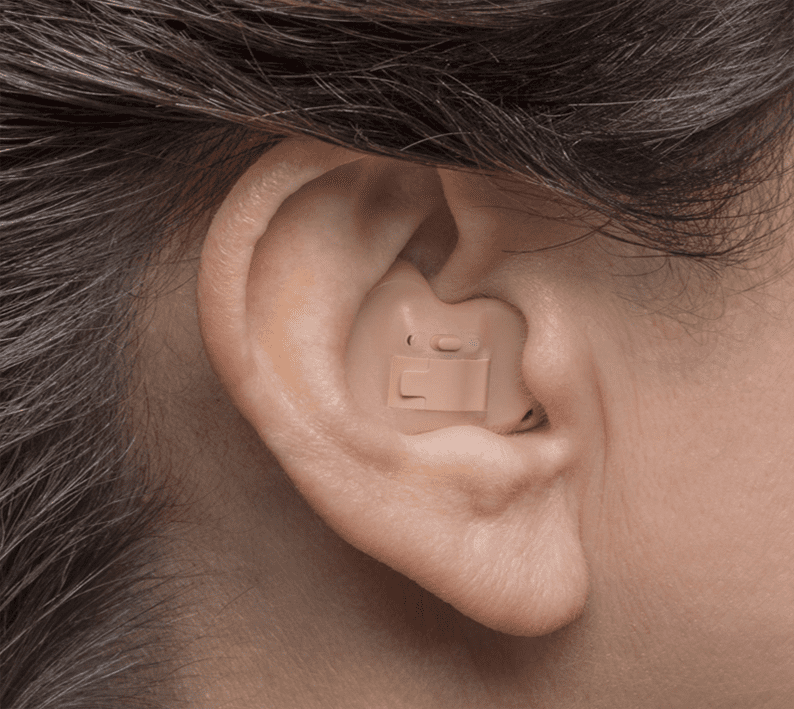
In-The-Ear (ITE)
Rather than being encased in a unit behind your ear, the technology used in ITE hearing aids is located in a molded unit that is placed in the outer entrance of the ear canal. This arrangement provides sufficient coverage for patients with a mildly severe to severe hearing loss. ITE style devices are the easiest to insert because they are easier to hold on to. They are also best for patients who wear glasses or use oxygen because they do not include a casing behind the ear like BTE or RITE styles.
Typically Bluetooth Compatible
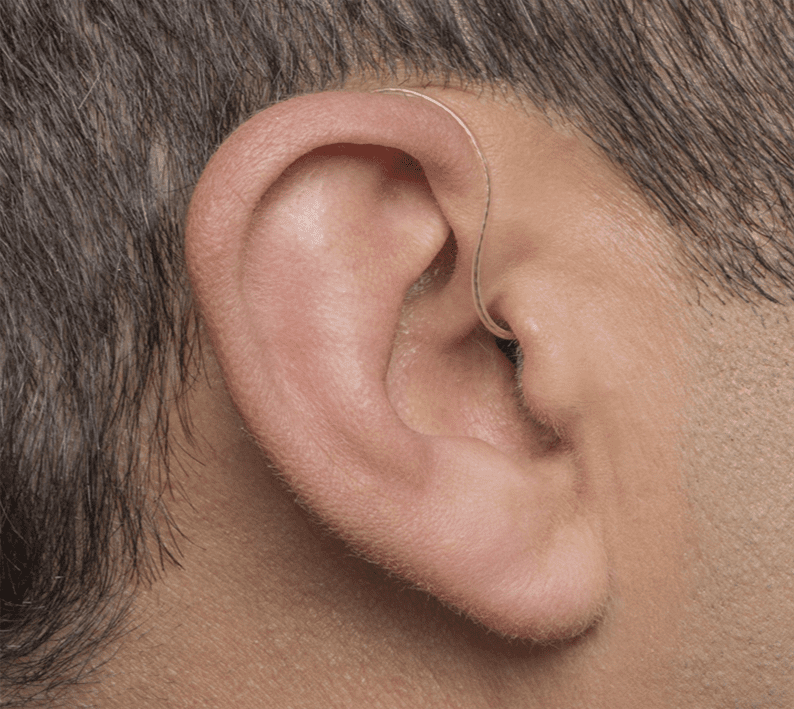
Receiver-In-The-Canal (RIC)
RITE hearing aids provide the easiest in-office repair or upgrading solutions and are the most versatile units available. Similar to BTE style hearing aids, they include a speaker contoured to fit the ear canal that connects to a smaller, more discrete casing behind the ear. Skin tone or hair color matching are common features used to make these units more discrete. They are replacing the BTE style and represent more than 80% of hearing aids fitted. Available in traditional battery or rechargeable models.
Bluetooth Compatible
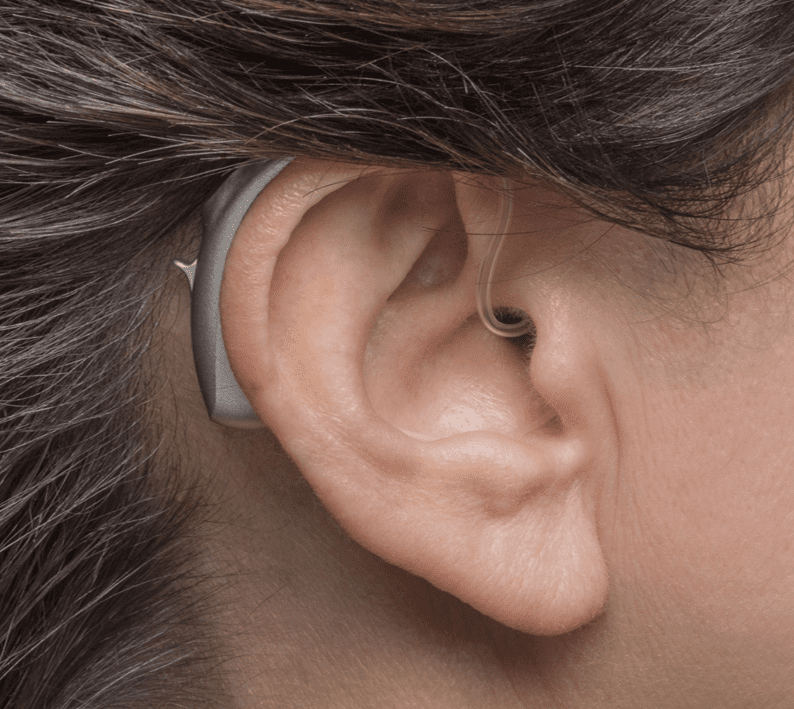
Behind-The-Ear (BTE)
A higher performance capacity is necessary for individuals with a severe to profound hearing loss, which typically requires a behind-the-ear (BTE) style hearing aid. Although not invisible, BTE instruments are streamlined, lighter weight, and more user friendly than their predecessors. The unit’s technology is housed in a casing placed behind the ear while the clear plastic acoustical tube sends the amplified sounds into an earmold fitted to the contours of the ear canal. A variety of color choices, easy to use buttons, and full-spectrum smartphone streaming are features of BTE style hearing aids and they are compatible with most phones. Available in traditional battery or rechargeable models.
Bluetooth compatible
Book a Hearing Assessment
Our selection of hearing aids include some pretty cool features, awesome connectivity options, and various levels of discretion. Although you might be itching to take advantage of our advanced hearing instruments, you will need a hearing assessment to determine which style is your best fit. To start the process, fill out our “Book a Hearing Assessment” form to set up a hearing test.
